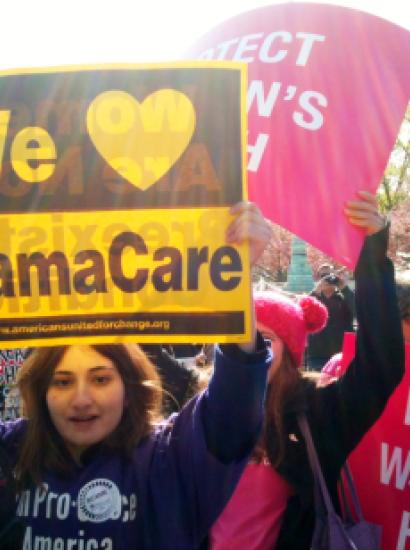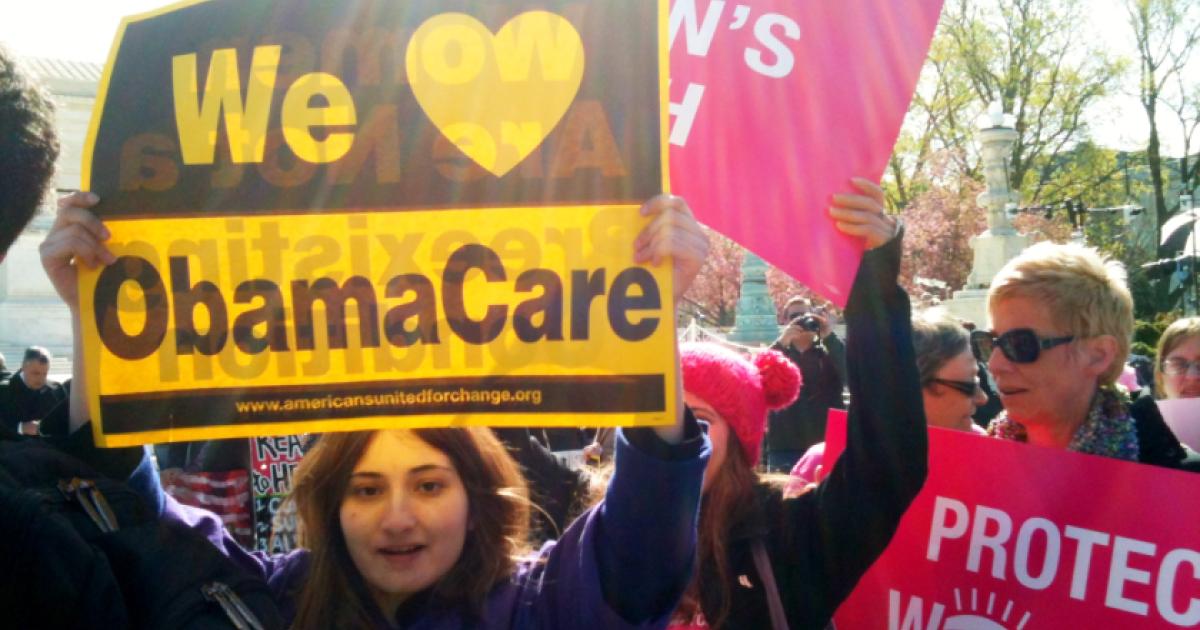- Health Care
During the passage and roll out of the Affordable Care Act, aka ObamaCare, the mainstream press and the law’s Democratic supporters assigned MIT economist, Jonathan Gruber, a prominent role, especially given his earlier participation in RomneyCare in Massachusetts. In light of his recent ill-advised comments about the “stupidity” of American voters and the deliberate disguising of tax increases, the law’s supporters would like to backtrack on Gruber, despite the fact that House Speaker Nancy Pelosi and Senate Majority Leader Harry Reid both cited “Professor Jonathan Gruber of MIT” as the unassailable authority behind ObamaCare.
Gruber came to my attention more than two years ago. As a scholar of Soviet planning, I was struck by its parallels with ObamaCare. I read the New York Times’ glowing reports about its architect, one Jonathan Gruber of MIT. The New York Times’ “Mr. Health Care Mandate”of March 29, 2012 was an ode to genius economics professor cum scientific planner, Gruber. After the Supreme Court’s tough questioning of the ObamaCare legislation, the Times probably felt that ObamaCare needed a boost from Gruber, who, by his own admission, “knows more about this law than any other economist.” It was to Professor Gruber that the White House turned to design its new health care law, and for good reason.
The Times reassuringly described Gruber as “the numbers wizard at MIT,” who has “spent decades modeling the intricacies of the health care ecosystem.” Gruber has “brought a level of science to an issue that would otherwise be just opinion.”
I might note that the Soviets used the term “science” for their own “scientific” planning commission. I drew little comfort from Professor Gruber’s scientific-planning credentials, especially when I learned “he’s the only person you can go to for that kind of thing.” Gruber, aided by his brilliant MIT graduate student assistants, is a one-man Gosplan, the name given to the Soviet Union’s state planning committee. That is not much of a recommendation. Science is better served by competing ideas not by a one-person monopoly.
Both Gruber and the USSR’s Gosplan planners believe their planning is “scientific” and executed by “the best of the best.” Both types of planning commissars suffer from F. A. Hayek’s “fatal conceit”—the belief that we can plan incredibly complex economic systems. As Hayek pointed out in his writings, such “scientific” plans inevitably fall apart under the weight of unintended consequences.
Gruber’s widely publicized revelations about the political strategy of pushing through landmark legislation that voters would reject if they “understood” what was in it is typical of the scientific planner mindset. Scientific planners like Gruber believe that they know better what ordinary people need than the people themselves, that people are too stupid to make decisions for themselves, and that more intelligent technocrats must intervene in their lives on their behalf.
ObamaCare will puncture Gruber’s balloon, later if not sooner. The lesson that Gruber will learn is that ordinary people are actually smarter than the scientific planners. Gruber’s hoi polloi will learn how to circumvent the planners’ genial rules and instructions just as they have done in the past with other regulatory efforts, They will game the system to produce unintended consequences that send the Grubers of the world back to the drawing boards to change their rules only to be out gamed by so-called ignorant ordinary people once again.
The problem is that Gruber is not the hard scientists he believes he is. Rocket scientists can launch a manned aircraft on a trajectory to a space station that arrives on the minute. They use the laws of physics in their real “scientific” planning. They do not need to worry about how the space station will behave when the space ship approaches, and their task is specific and well defined.
Scientific-planner Gruber, however, must write software codes for an entire healthcare ecosystem of hundreds of millions of patients, millions of health-care providers, thousands of insurance companies, and hundreds of state and local governments. Unlike space scientists, ObamaCare planners must predict how patients, physicians, businesses, nurses, insurers, state officials, and other actors will react to thousands of rules, instructions, mandates, incentives, and penalties in a newly-minted health system.
Professor Gruber must use “behavioral assumptions” to guesstimate, among thousands of other things, how many young people will ignore the mandate, how many employers will drop coverage, and how providers will react to new incentives and compensation schemes.
Do not worry, says the Times. Gruber’s behavioral assumptions are “based on past experience and economic theory.” But where is “past experience” when we entirely revamp our health-care system? Economic theory, at best, may give us the first-order directions of change, but it is helpless to account for the all-important higher-order effects and feedbacks. We economists hold the secret of how little we really know close to our vests.
Gosplan’s “numbers wizards” could not program the over demanding, capacity understating, false reporting, and side-deal-making machinations of planned enterprises. Likewise, MIT and Washington elites cannot imagine themselves in the shoes of “ordinary” patients, nurses, drug manufacturers, or small businesses. They always underestimate how easy it is to game the system, and how sensitive ordinary people are to incentives.
If individuals feel trapped in a system they do not respect and that offends their values, there are no limits to ObamaCare’s unintended consequences. How many middle-income households will suffer mysterious income losses to qualify for Medicaid? How many businesses will shed employees to escape mandates? How many voluntarily uninsured will simply disappear from the radar screen?
The politics of NASA’s scientists and engineers do not affect manned space flights. ObamaCare’s behavioral assumptions, intended or not, inevitably reflect political biases. Although a “card carrying democrat,” the Times assures us that Gruber is trusted by both political parties “because he was seen as an econometric wonk, not a political agent.” (Even after he wrote opinion pieces supporting ObamaCare without disclosing his role and authored a comic book to explain the law?) Gruber’s own characterization of individual insurance markets as “unfair” tells us where he stands. Would his model conclude that we are best off with unfettered private insurance markets?
There’s more to worry about: Gosplan’s “scientific” plan set only a few macro parameters. The real producing, delivering, and selling at the enterprise level was dictated by faceless norm setters, rate engineers, and other rule makers. What went on after the plan was finished was much more important than the plan itself. ObamaCare is no different and perhaps worse.
The “tutelage” of the “non-partisan” expert commissions and Health and Human Services bureaucrats will be just as “petty” as they write their gobbledygook rules behind closed doors. The public will have no clue, and favored interest groups will be in hogs’ heaven. Professor Gruber may not even recognize his handiwork after the HHS bureaucrats are through with it.
My comparison of ObamaCare and Soviet planning reminds me of an old Soviet joke: Men dressed in suits carrying brief cases march alongside tanks and missiles at the May Day parade. A boy asks his father: “Why are those men in a military parade?” Answer: ‘Those are the economists; they are the most dangerous of all.”
I would expand this joke to include all technocrats who think they can develop models of complex economic systems. They have given us the MIT-Club of Rome’s 1972 prediction that the world will run out of resources by 2010, the OMB’s July 2000 forecast of trillion dollar surpluses as far as the eye can see, and Al Gore’s 2006 An Inconvenient Truth, which sent school children to bed with nightmares of drowning in tidal waves.
Why should Gruber’s ObamaCare be any different?
This essay is adapted from an article by the author that originally appeared at Forbes.
















